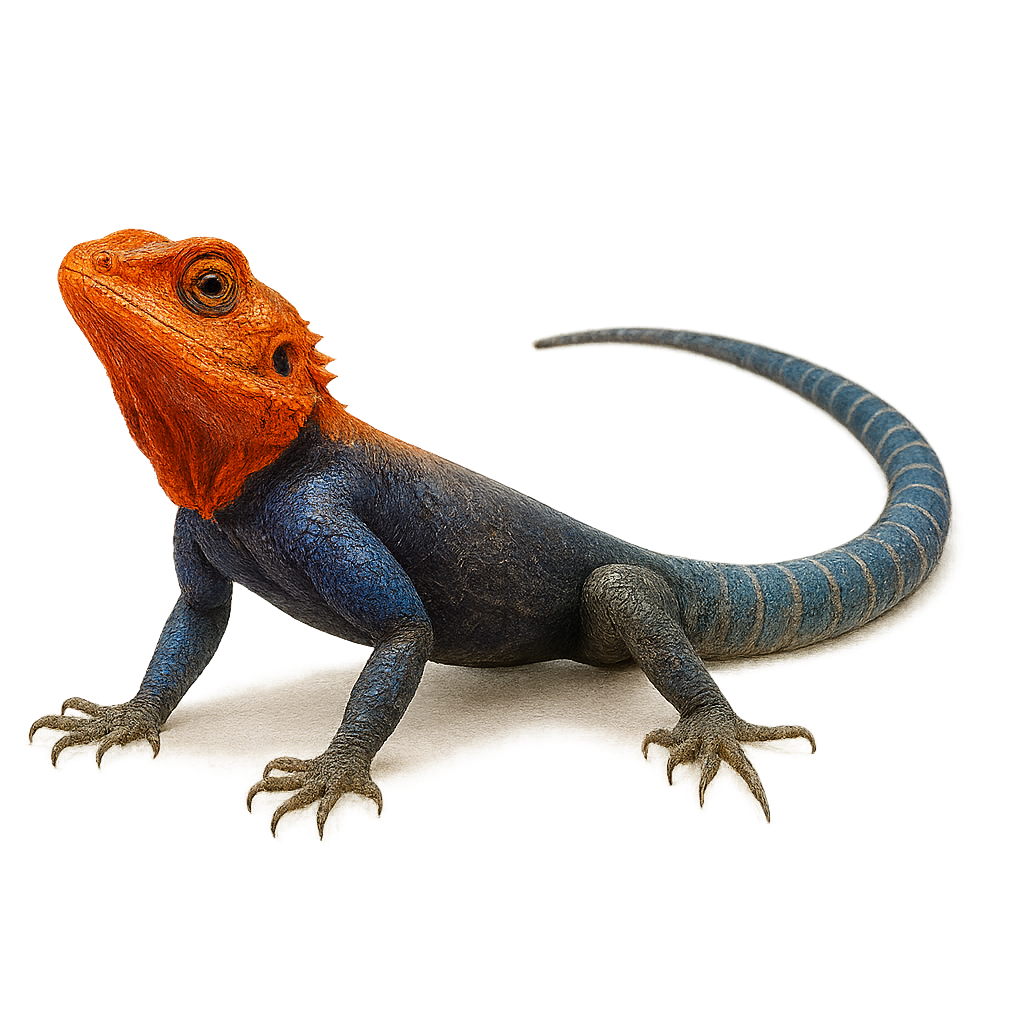Your wildlife photography guide.
Explore the common agama in detail, study its behavior, prepare your shots.
Where to observe and photograph the common agama in the wild
Learn where and when to spot the common agama in the wild, how to identify the species based on distinctive features, and what natural environments it inhabits. The WildlifePhotographer app offers tailored photography tips that reflect the common agama’s behavior, helping you capture better wildlife images. Explore the full species profile for key information including description, habitat, active periods, and approach techniques.
Common Agama
Scientific name: Agama agama

IUCN Status: Least Concern
Family: AGAMIDAE
Group: Reptiles
Sensitivity to human approach: Tolerant
Minimum approach distance: 5 m
Reproduction period: June to August
Incubation: N/A
Births: September to November
Habitat:
savannas, rocky areas, villages
Activity period :
Active during the day when temperatures are favorable, often seen basking in the sun.
Identification and description:
The Common Agama, or Agama agama, is a colorful and fascinating lizard found primarily in sub-Saharan Africa. This reptile is known for its ability to change color, especially males who display bright hues of blue and orange during the breeding season. Typically measuring between 25 and 30 cm in length, it has a long, slender tail. The Common Agama is a diurnal animal that prefers warm, dry environments such as savannas, rocky areas, and villages. It primarily feeds on insects but can also consume small vertebrates and plants. This lizard is social and lives in hierarchical groups, where a dominant male controls several females and subordinates.
Recommended lens:
400mm – adjust based on distance, desired framing (portrait or habitat), and approach conditions.
Photography tips:
To photograph the Common Agama, it is advisable to use a telephoto lens of at least 400mm to capture details without disturbing the animal. Look for sunny areas where these lizards like to bask. Be patient and discreet, as although they are tolerant, a sudden movement may scare them away. Opt for early morning or late afternoon hours to benefit from soft light and avoid harsh shadows.
The WildlifePhotographer App is coming soon!
Be the first to explore the best nature spots, track rutting seasons, log your observations, and observe more wildlife.
Already 1 429 wildlife lovers subscribed worldwide

